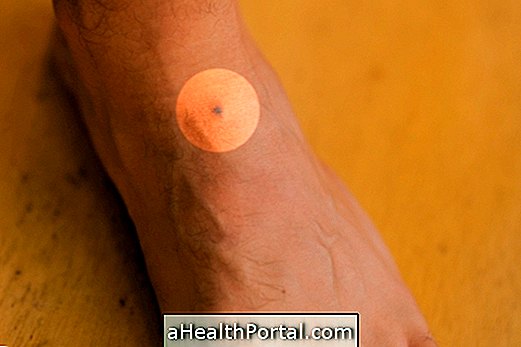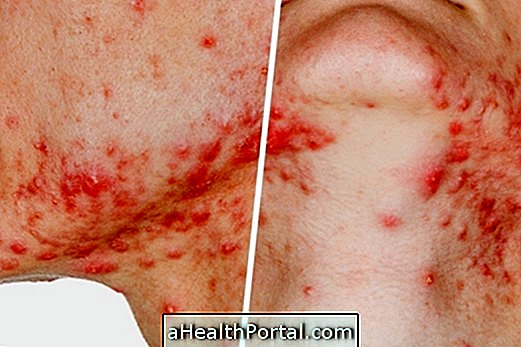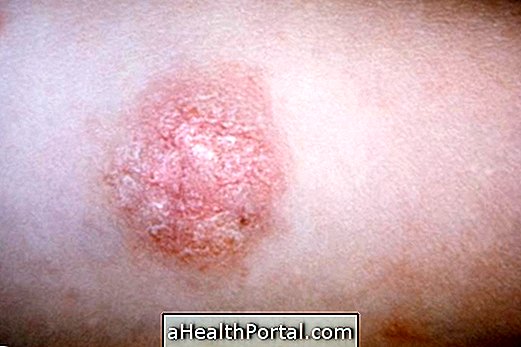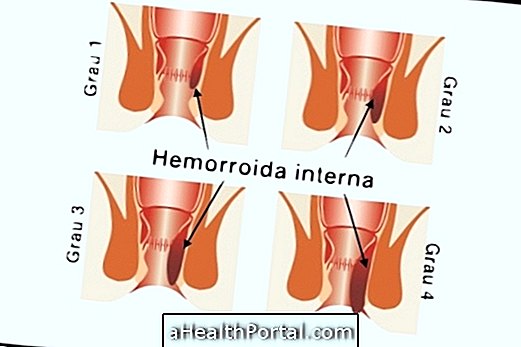In most cases, blue nevus is a benign skin disorder that does not endanger life and therefore does not need to be removed. However, there are some cases in which the development of malignant cells in the site arises, but this is only more common when the blue nevus is very large or increases in size quickly.
The blue nevus is similar to a wart and develops due to the accumulation, in the same place, of several melanocytes, which are the skin cells responsible for the darker color. As these cells are present in a deeper layer of the skin, their color does not appear fully and therefore appear to have a blue coloration, which can range up to dark gray.
This type of skin change is more frequent in the head, neck, back, hands or feet, and is easily evaluated by the dermatologist.

When treatment is necessary
Since most of the blue nevi are benign, treatment is rarely needed. However, surgery may be recommended by the dermatologist when alarm symptoms appear, such as:
- Rapid increase in size;
- Development for irregular border shape;
- Changes in color or appearance of various colors;
- Asymmetric stain.
Therefore, whenever the nevus changes after diagnosis it is advisable to consult the dermatologist again to make new exams and, if necessary, to perform a minor surgery to remove the nevus.
This surgery can be done in the dermatologist's office under local anesthesia, and it is not necessary to make any kind of preparation. Normally, the blue nevus is removed in about 20 minutes and then sent to the laboratory to evaluate the presence of malignant cells.
What happens if malignant cells are detected
When malignant cells are found after removing the blue nevus, the doctor evaluates its degree of development and, if elevated, may recommend repeat surgery to remove some of the tissue around the nevus to remove all cancer cells.
See for skin changes that may indicate cancer.

























